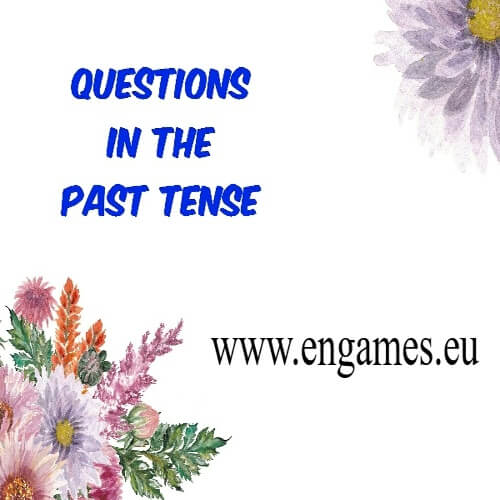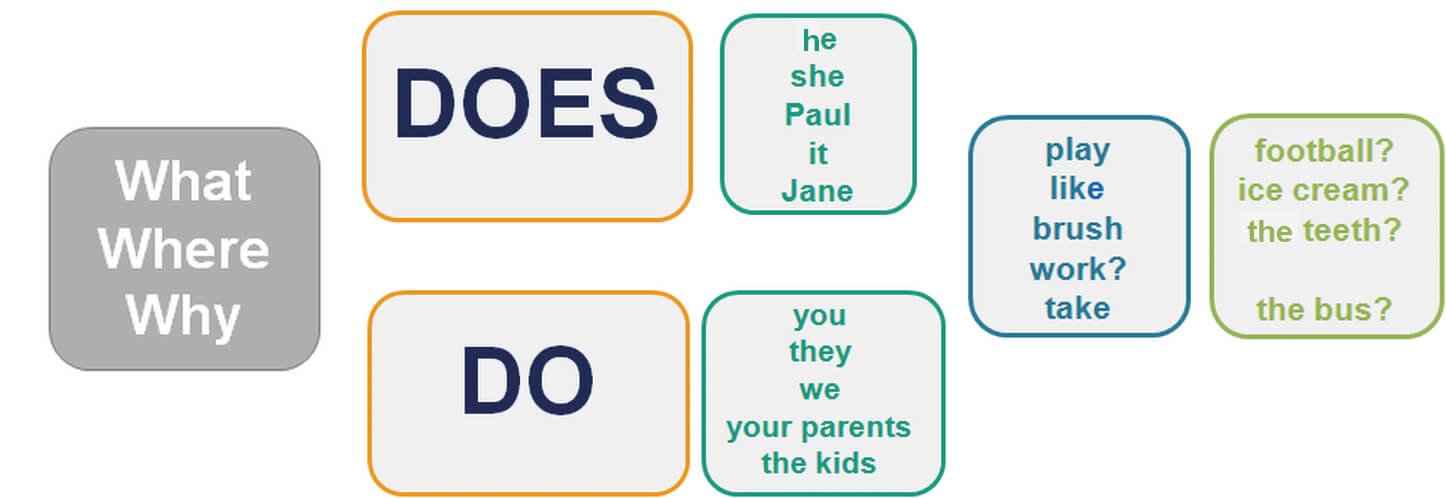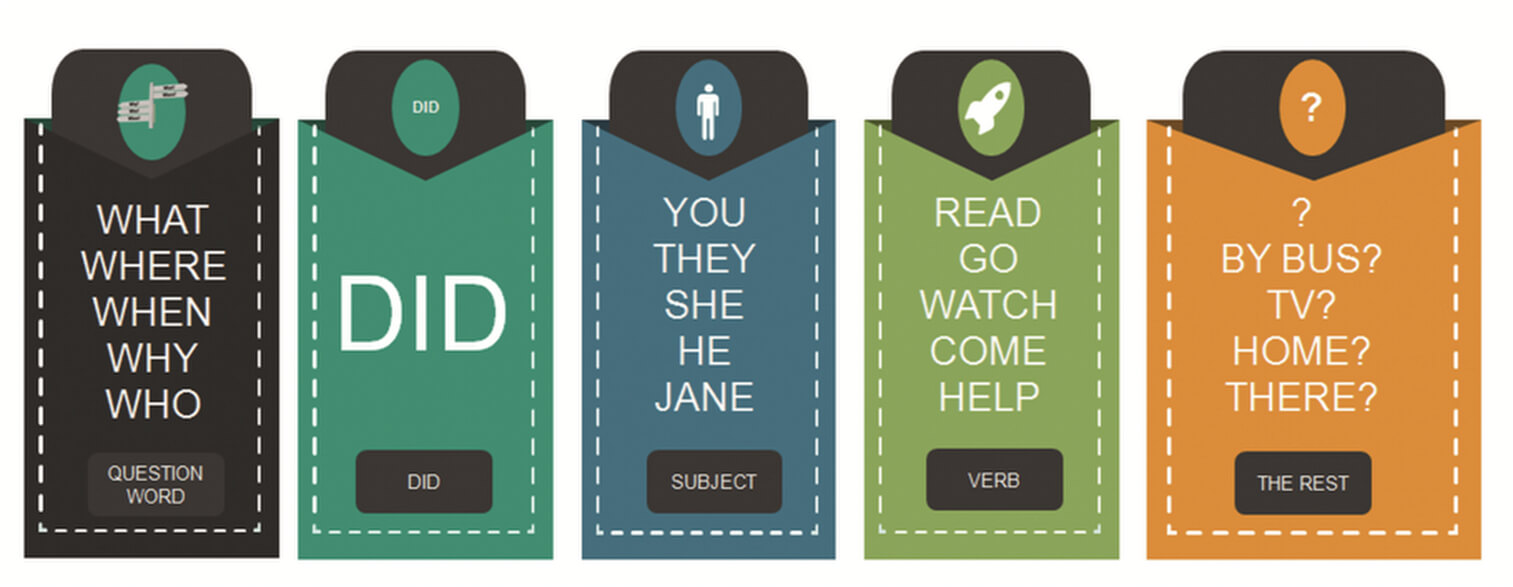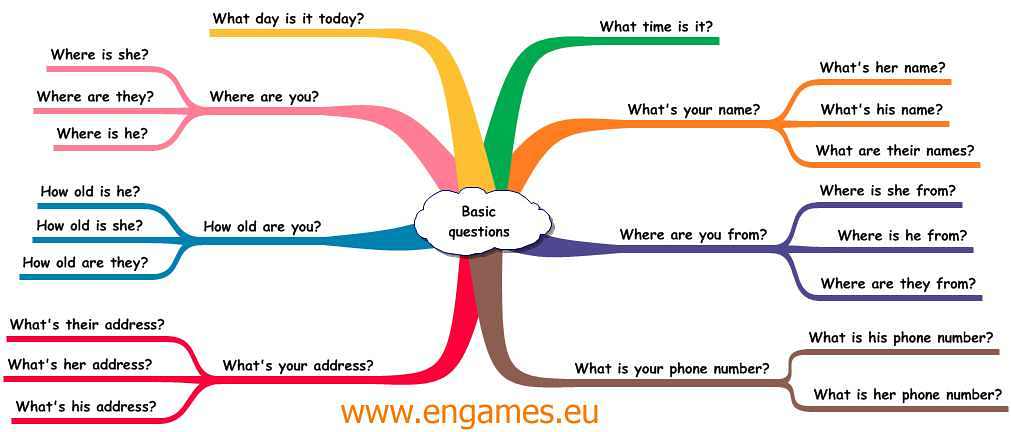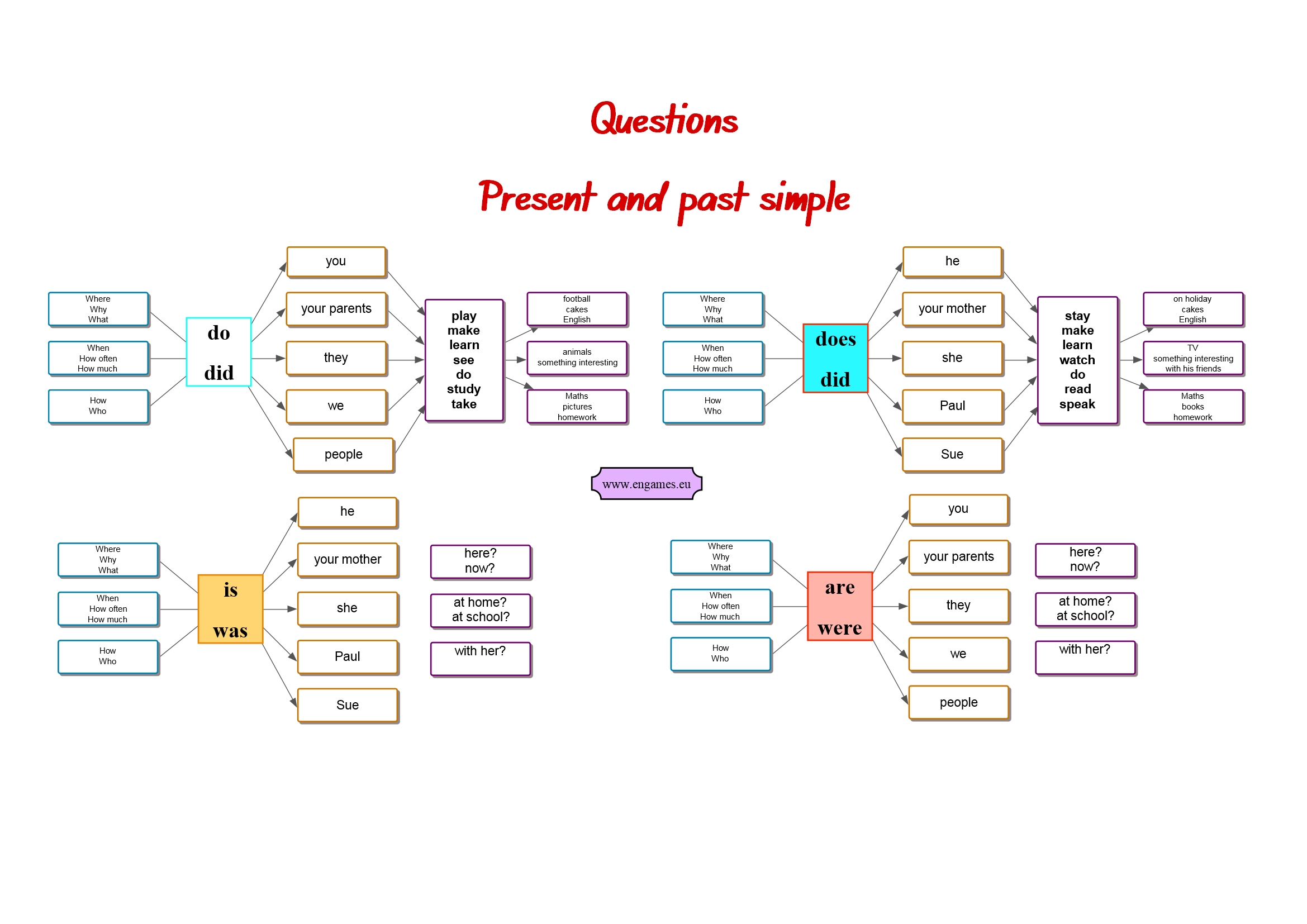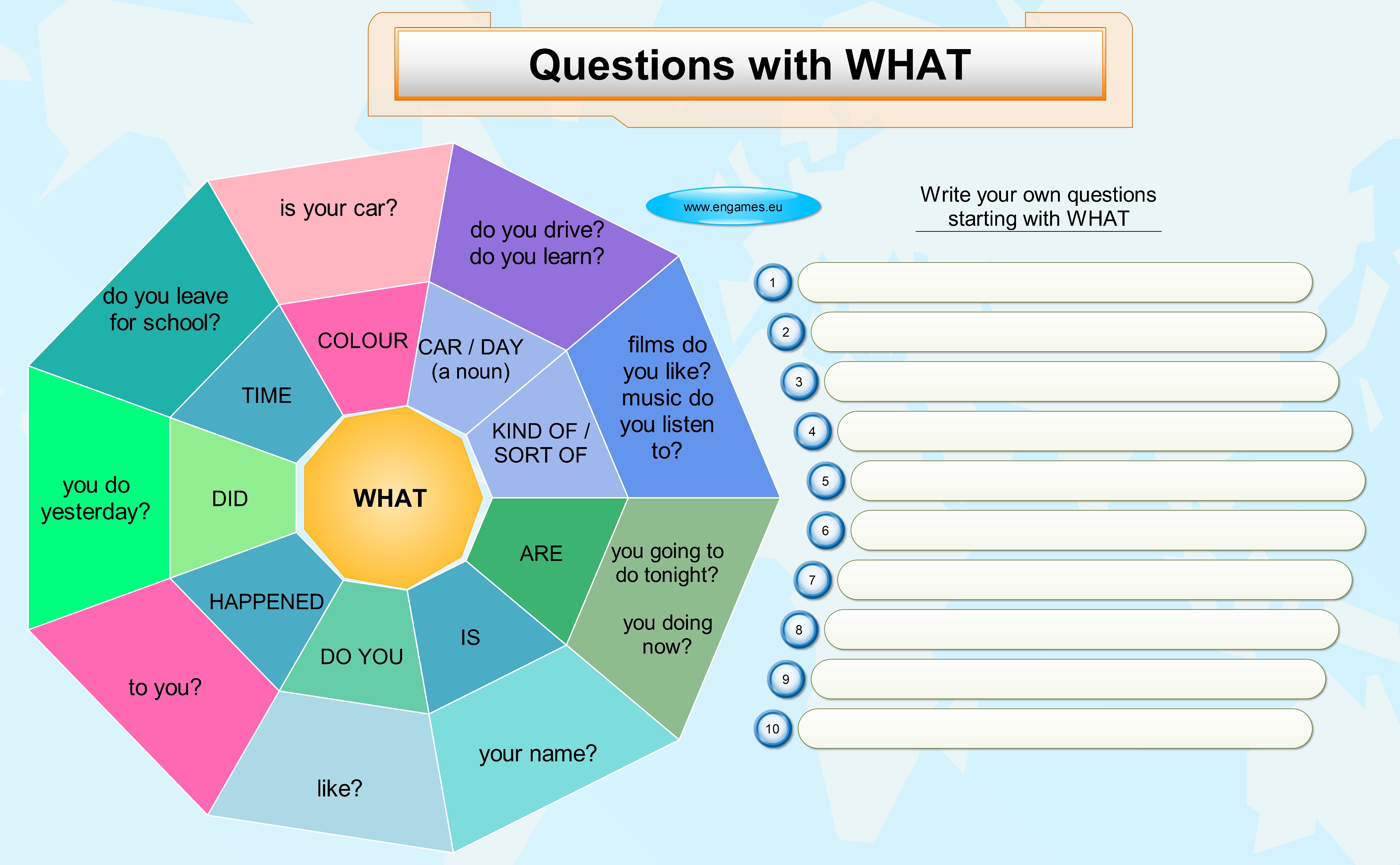Questions in the Past Tense
I remember the times in my teaching career when I dreaded teaching questions. I especially hated the questions in the past simple tense. After my explanation, students got confused and they often failed to produce even the most basic questions. Fortunately, the situation has changed. Nowadays, I look forward to teaching this grammar. I have…
